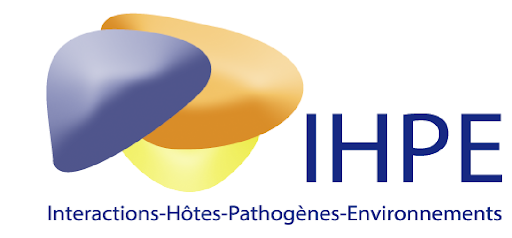Reconstructing the dynamics of past coral endosymbiotic algae communities using coral ancient DNA ( cora DNA)
Résumé
Most scleractinian corals are drastically threatened due to global changes but some colonies are intriguingly resistant to heat stress. Coral thermal tolerance partly relies on genomic determinism among the cnidarian compartment but also on the physiology of their associated symbiotic algae (Symbiodiniaceae). In fact, some corals can shift and/or shuffle their associated Symbiodiniaceae communities to temporally cope with heat stress. So far coral adjustments of their endosymbiotic algae were mainly observed at short-term evolutionary time scales and we lack a general vision of coral holobiont evolution at broader timescales. We here combined the use of ancient DNA from a coral core and a metabarcoding approach, to retrace past Symbiodiniaceae communities associated with a living colony of Porites lobata from New Caledonia over the last century. We were able to extract ancient DNA along the coral core at 19 time points dating back to the 1870’s. Overall, we detected 13 OTUs, nine of which were affiliated to the Symbiodiniaceae Cladocopium clade, one to Azadinium spinosum (Dinophycae); one to the host P. lobata , the two other OTUs remained unidentified. One OTU was largely predominant and was ubiquitous over all samples. The number of OTUs was marginally correlated to the total number of sequences per sample but not to the age of the cora DNA sample. We found a generally stable core microbiota associated with P. lobata , although drastic change in community composition was observed in coraDNA samples corresponding to an extreme hot winter temperature event. More generally, this study paves the way for further investigations on the evolutionary dynamics of coral holobionts at the colony level over large temporal scales.
Domaines
Sciences de l'environnement| Origine | Fichiers produits par l'(les) auteur(s) |
|---|




